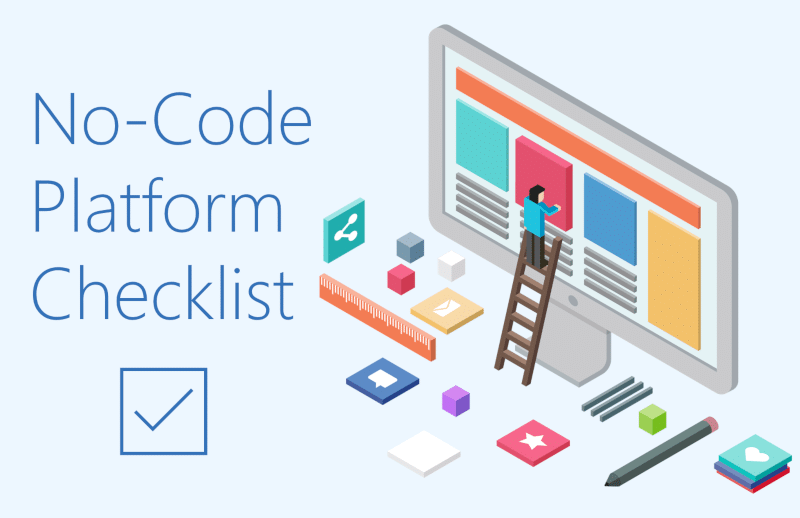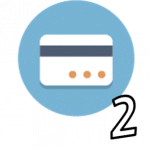The No-Code development space is taking off, with new tools coming available seemingly every day. What that means, however, is that there are many players jumping in that lack staying power.
The “Best No-Code Platform” community on Quora created an 8-Point Checklist to help you easily discern which No-Code (or as we like to call it, Codeless) development platforms are duds and which ones are here for the long-haul.
This article is not about differentiating between features. Every app has different feature needs. Exploring the features section of any platform you consider should always come first.
This article is about vetting services to be sure you’re working with an established, well-supported platform with the longevity to support your app for years to come.









I’d add: for those who want to build public facing websites/applications the possibility to have clean URLs and search engine friendly HTML is essential.
Thank you, Chris! This is super helpful!